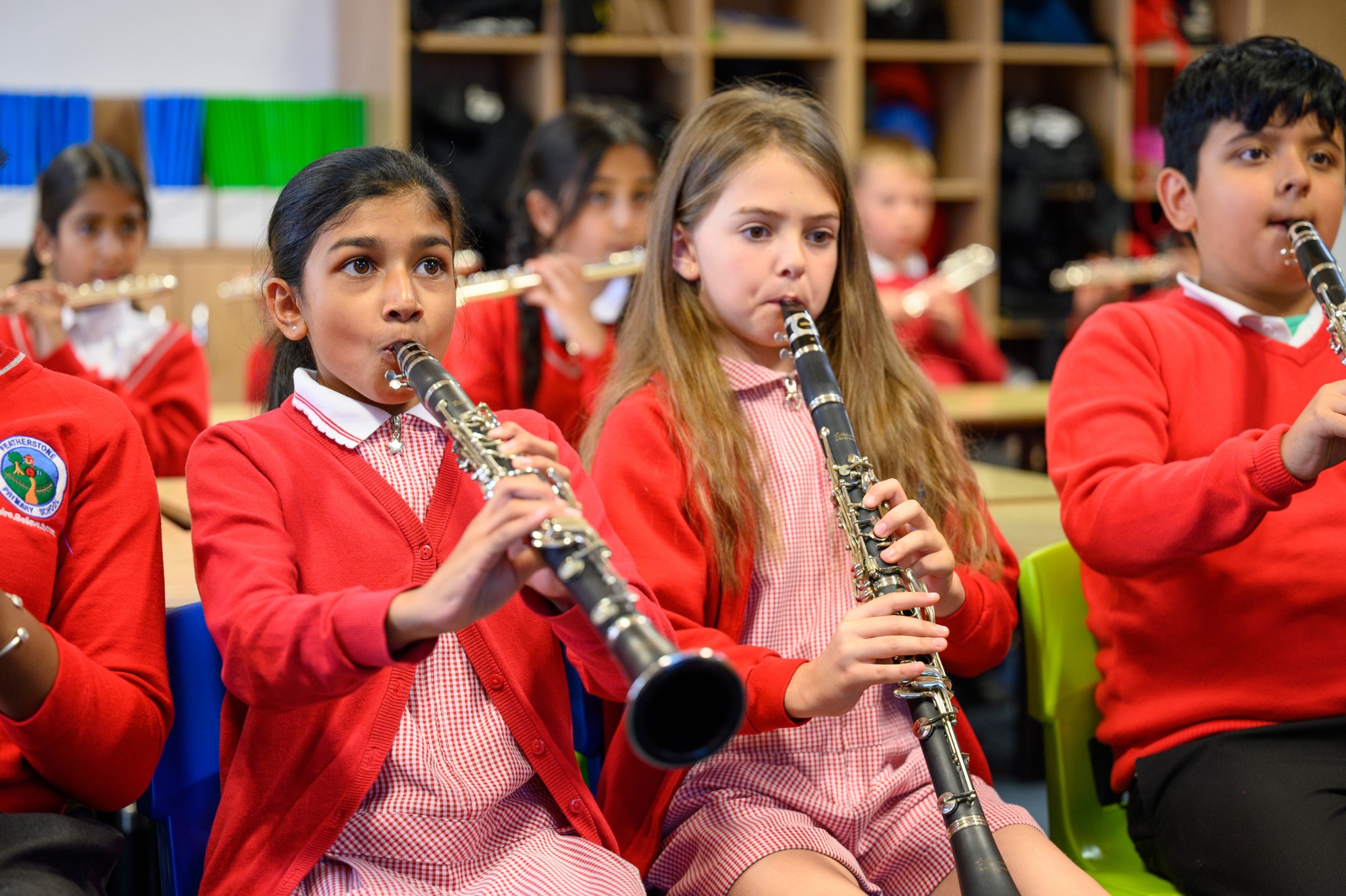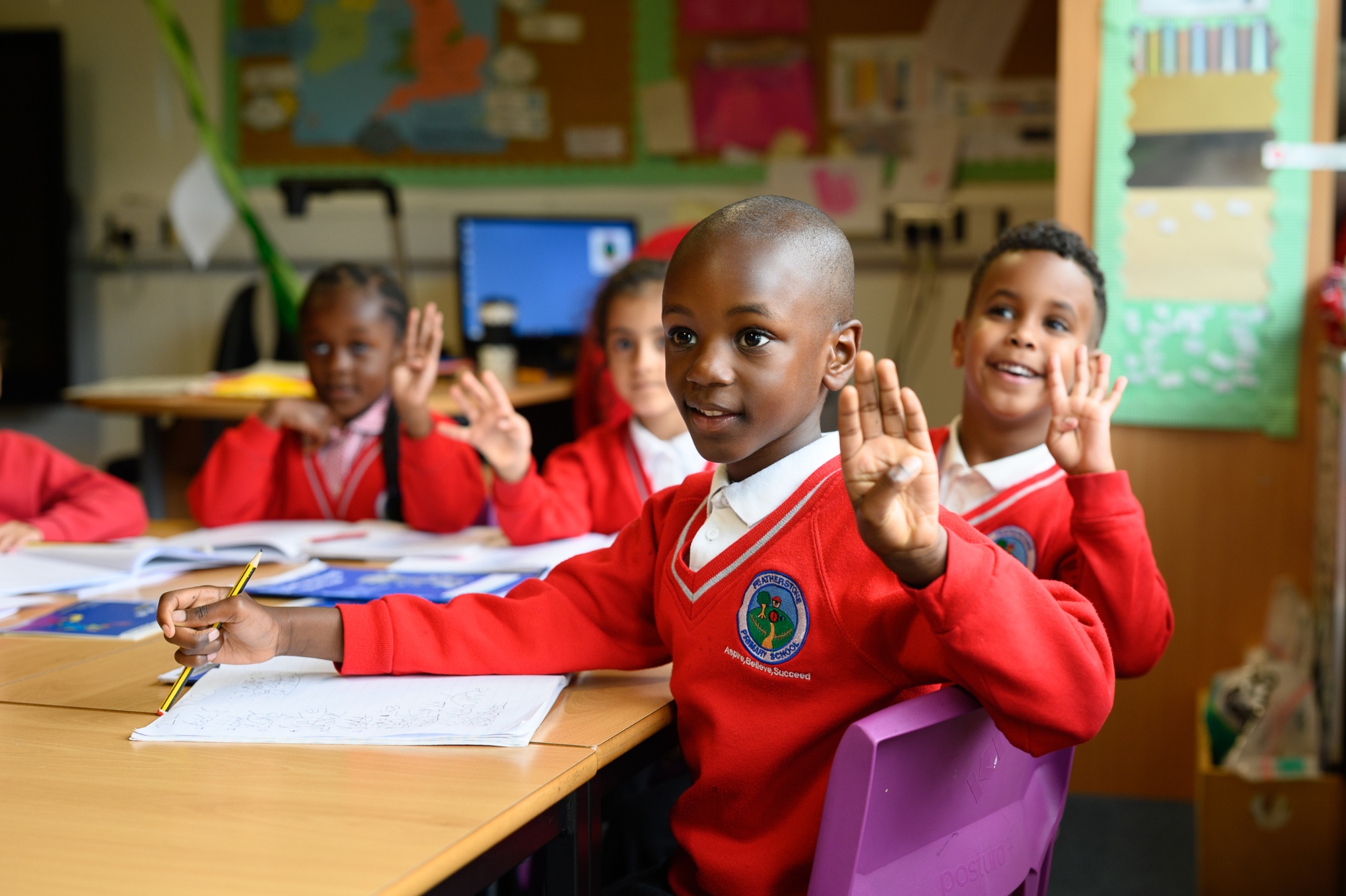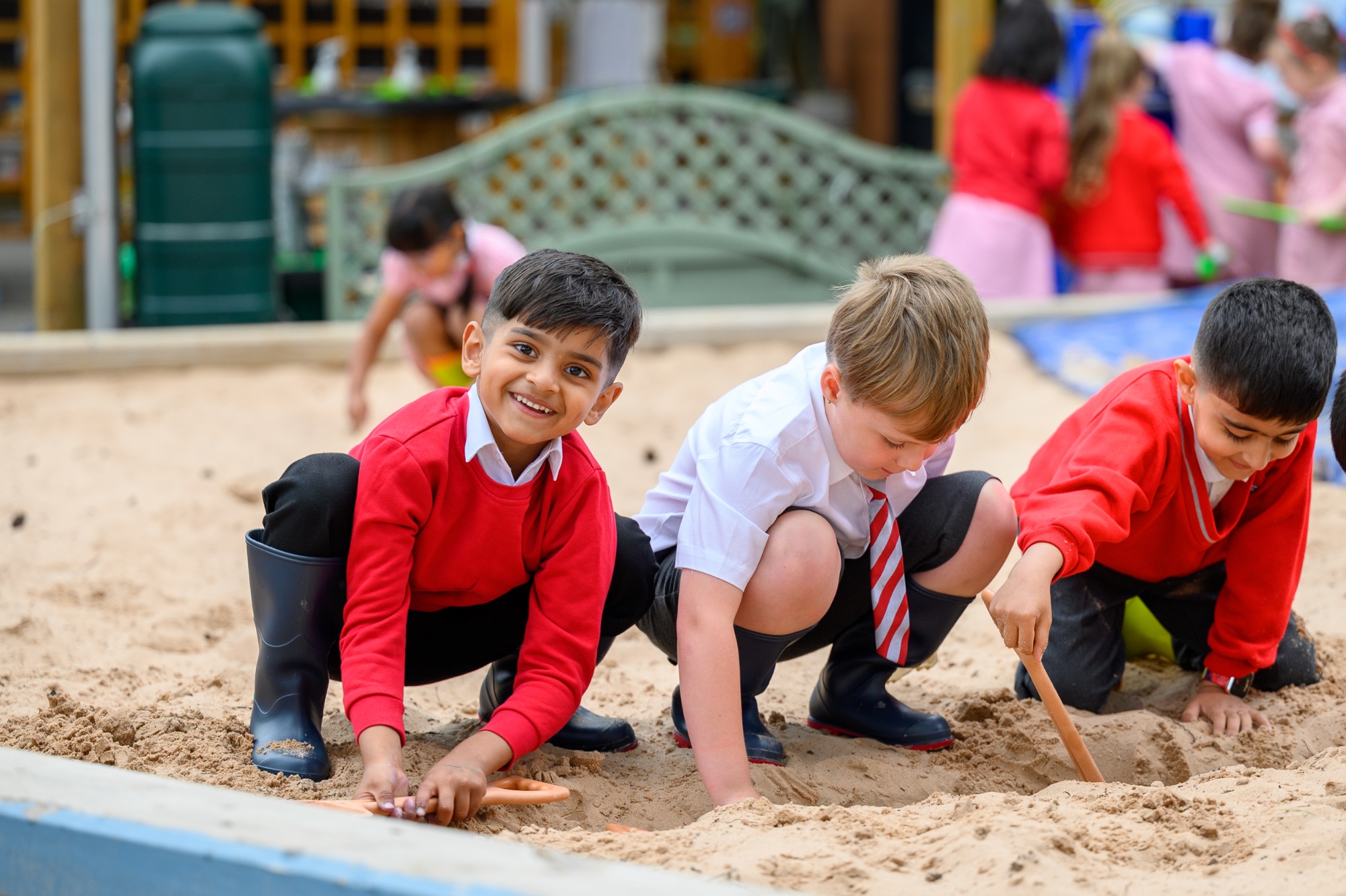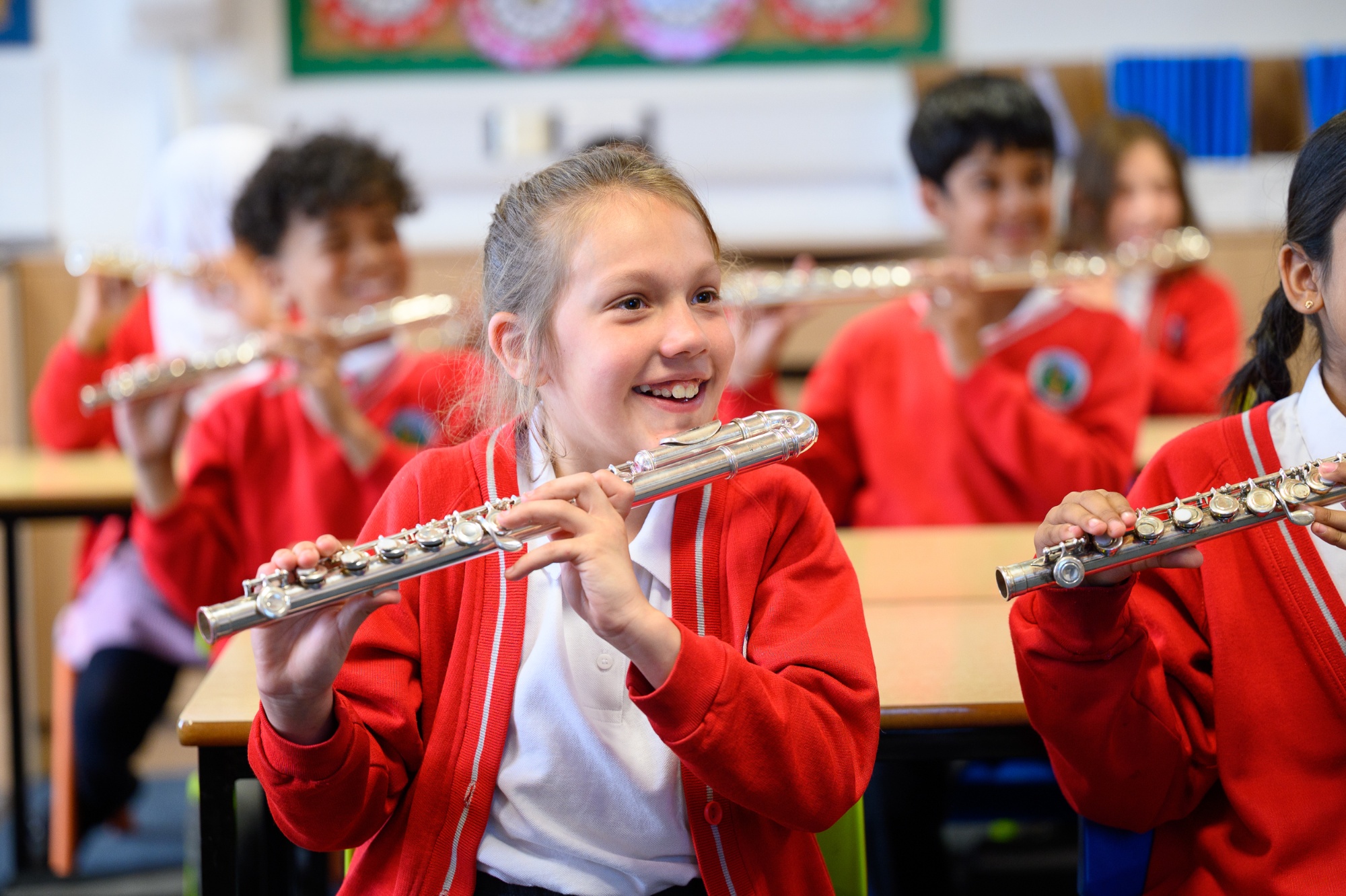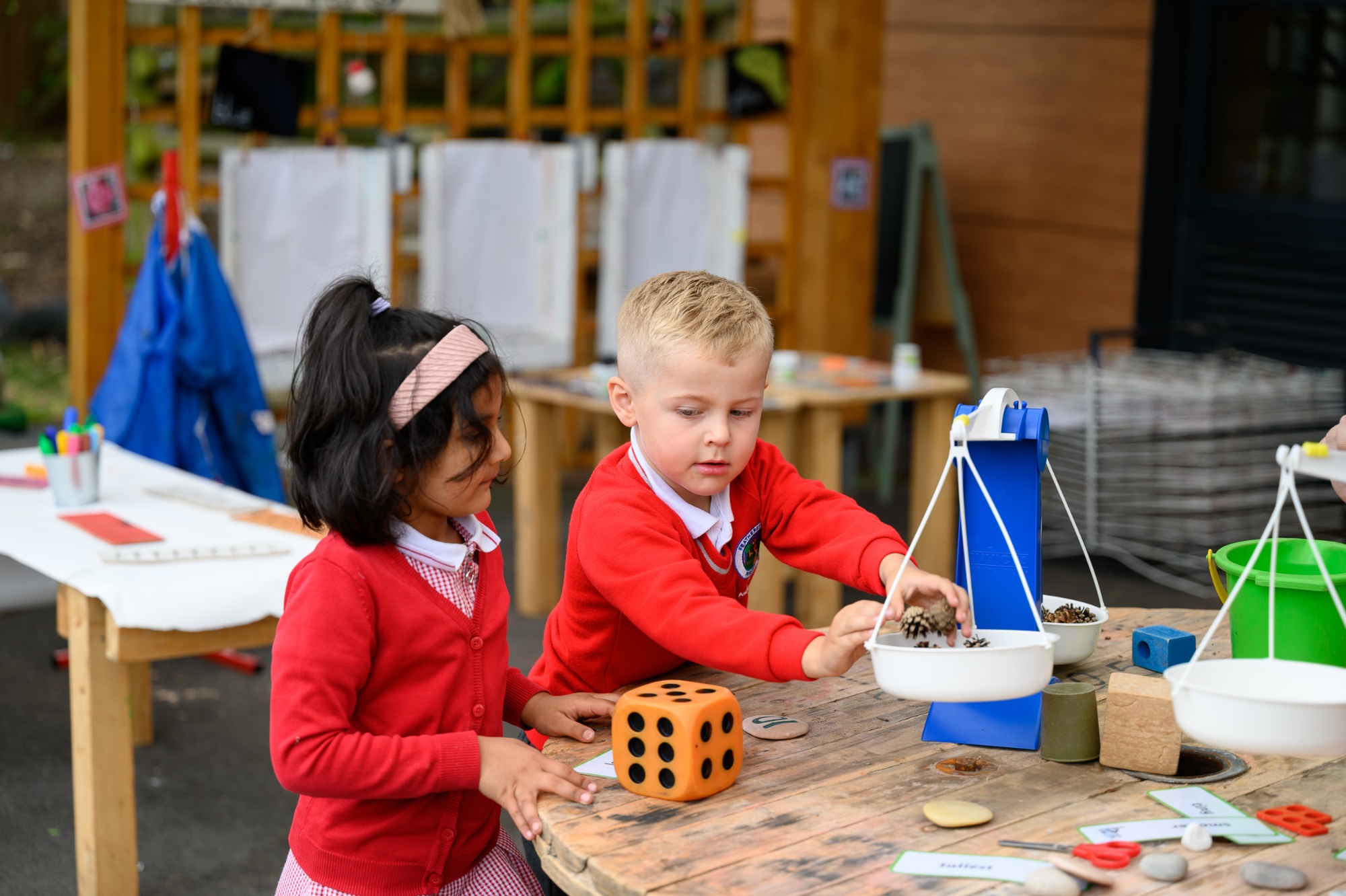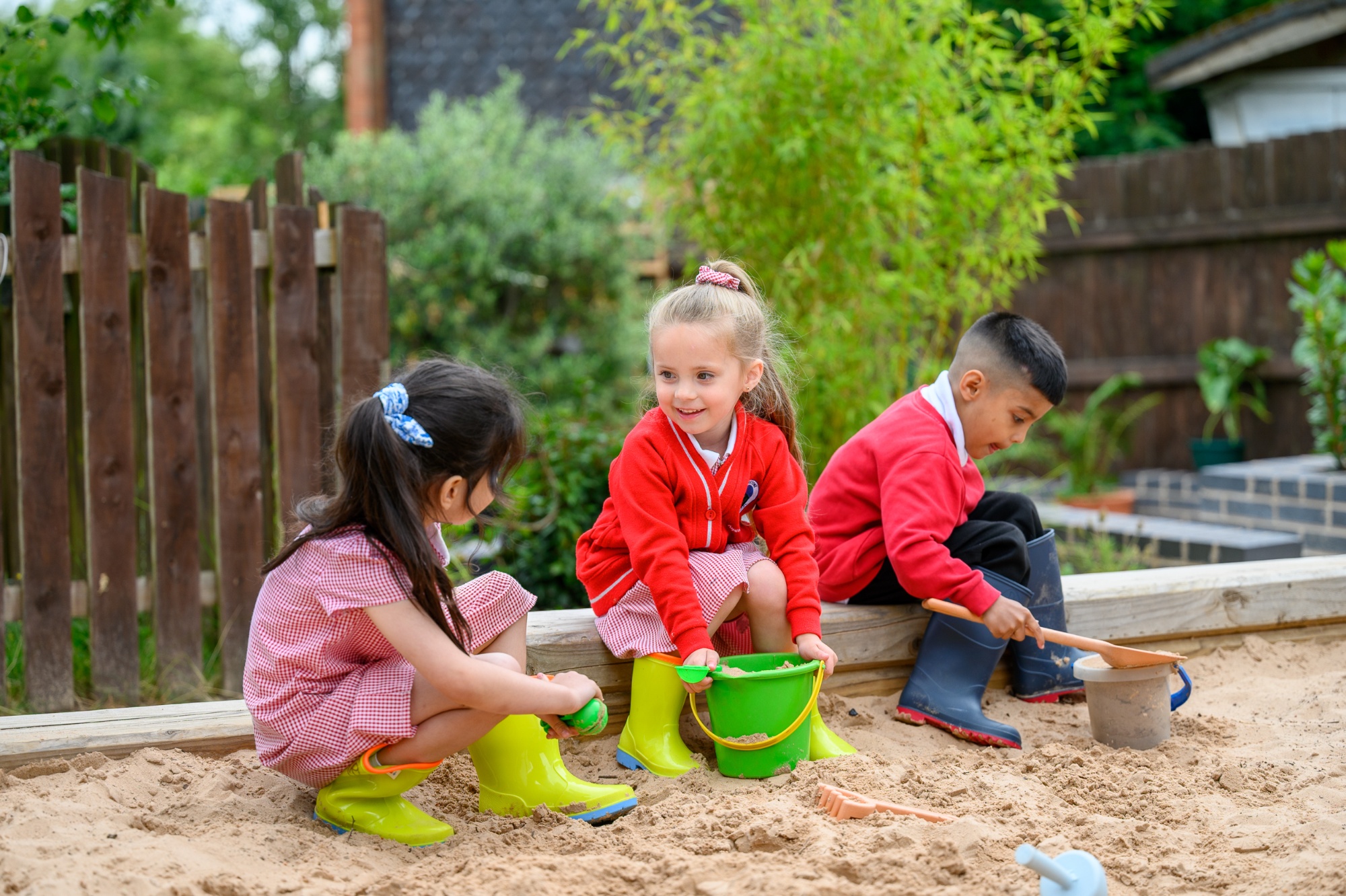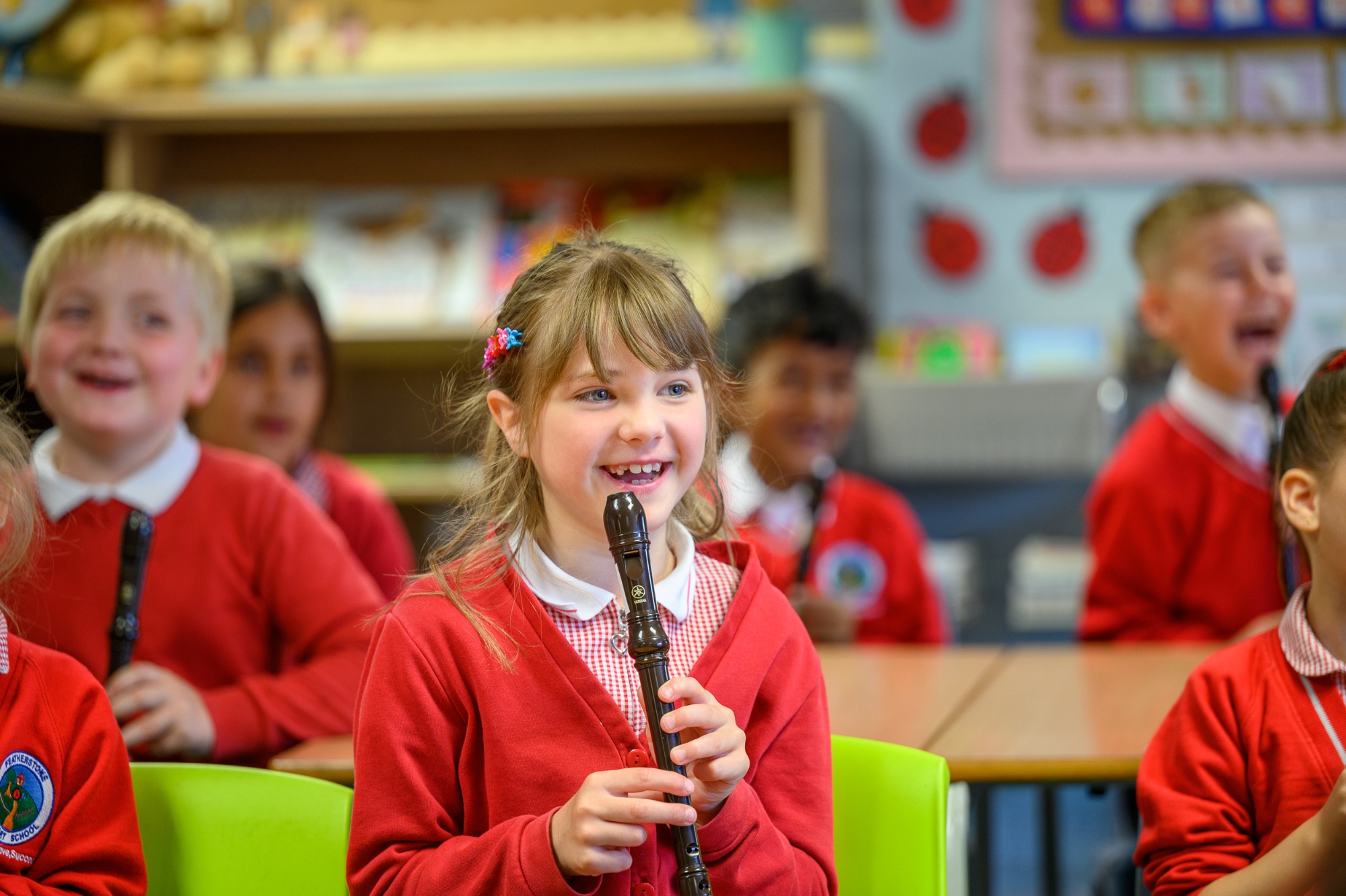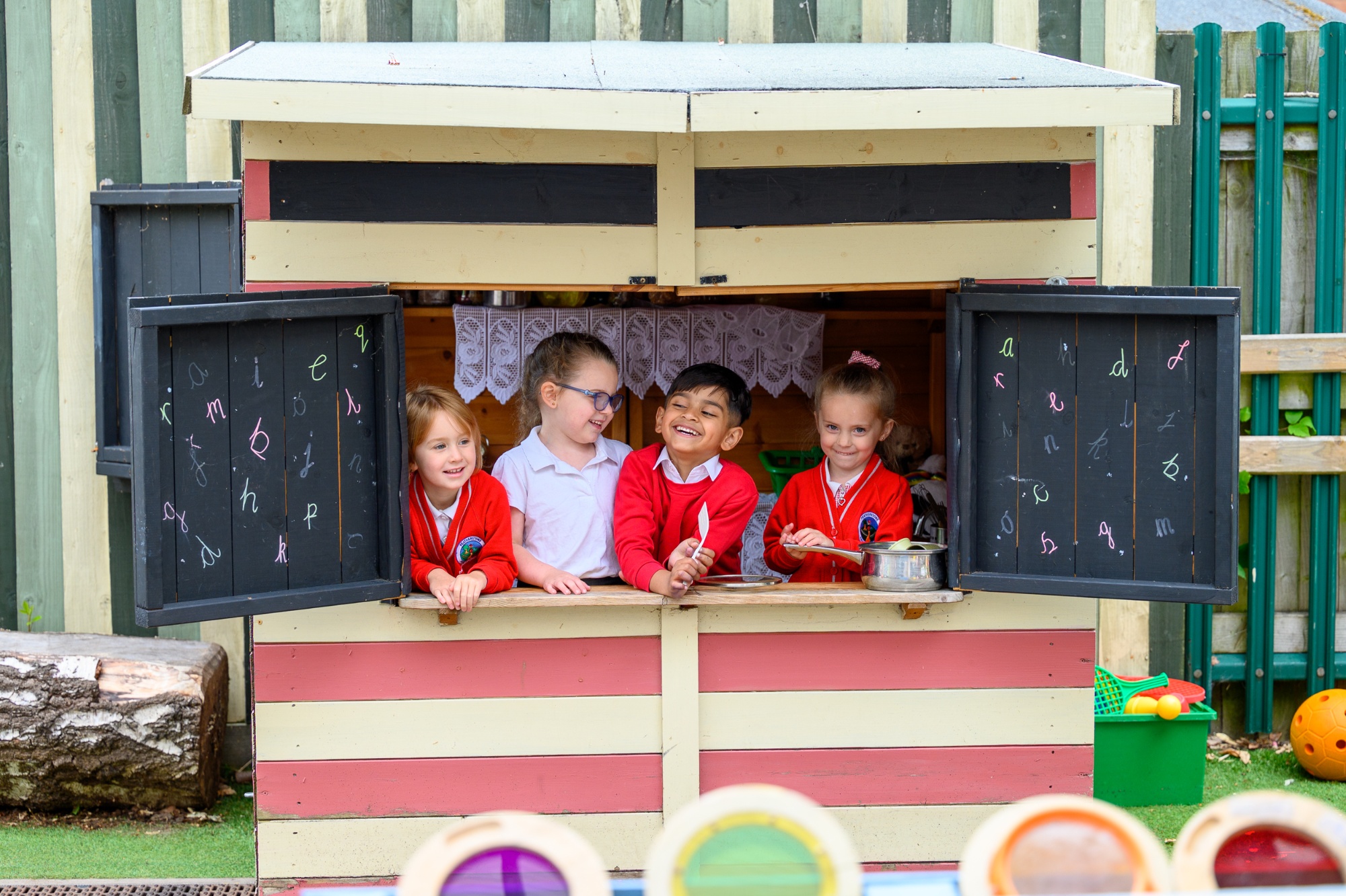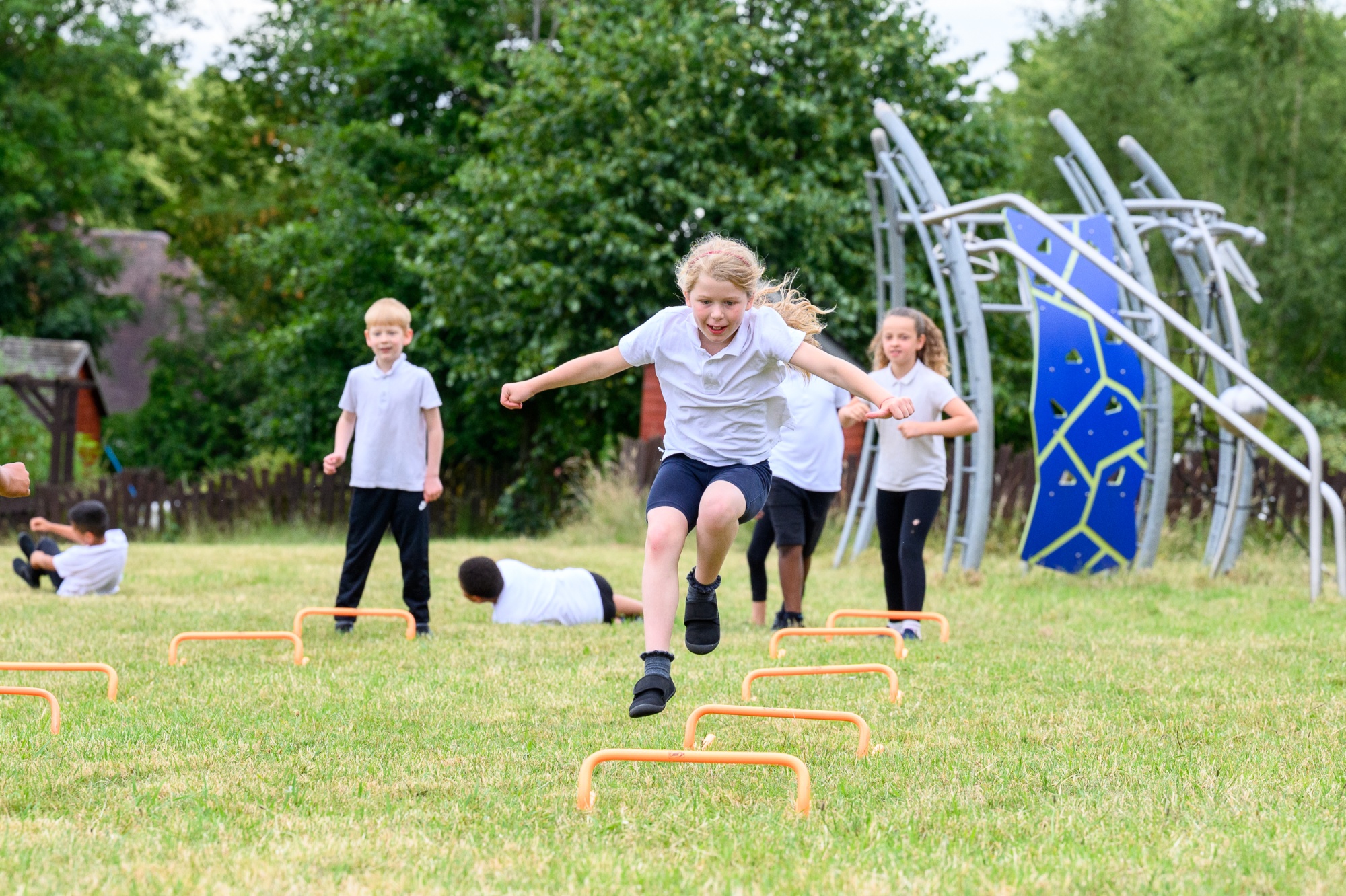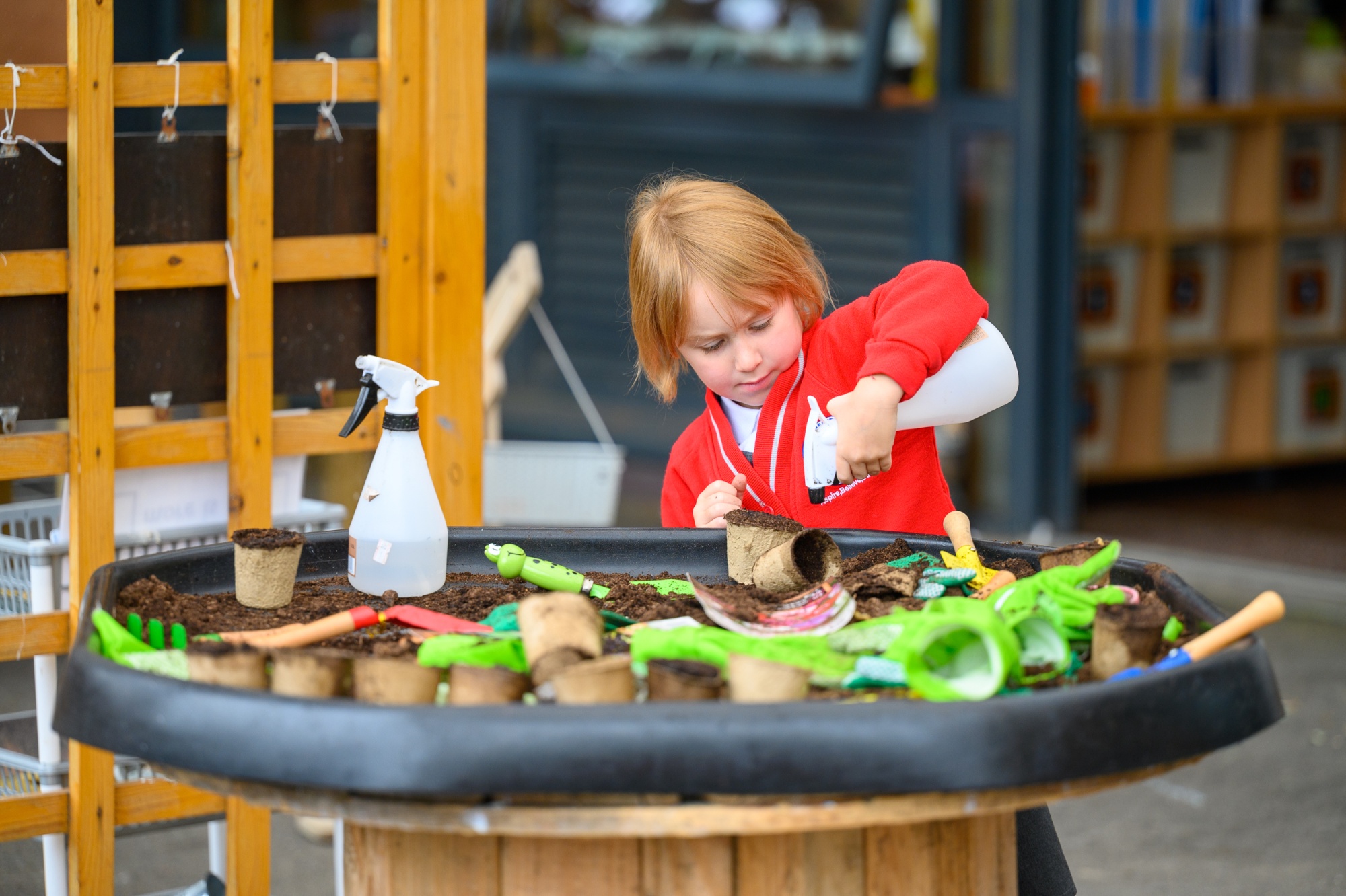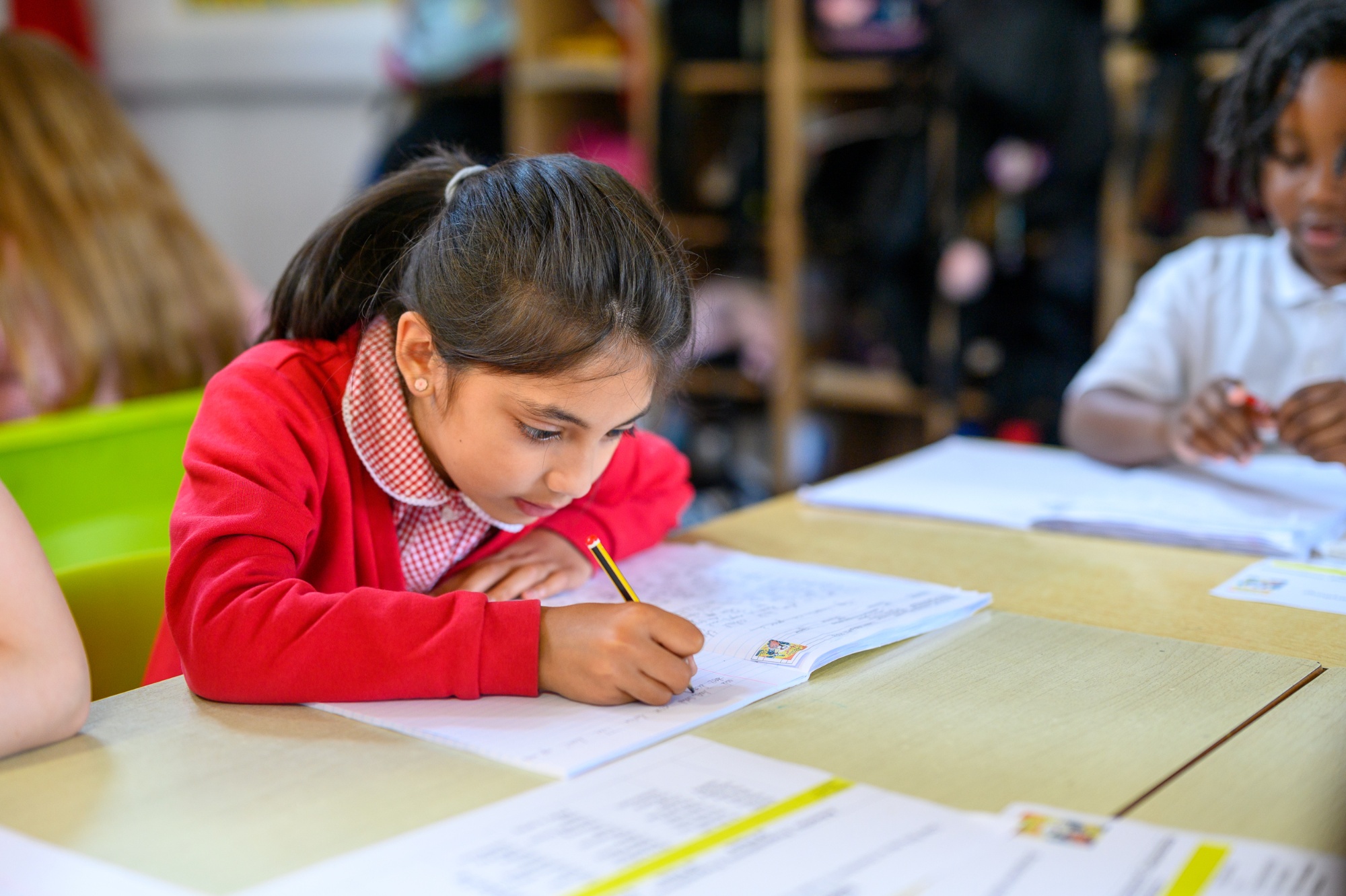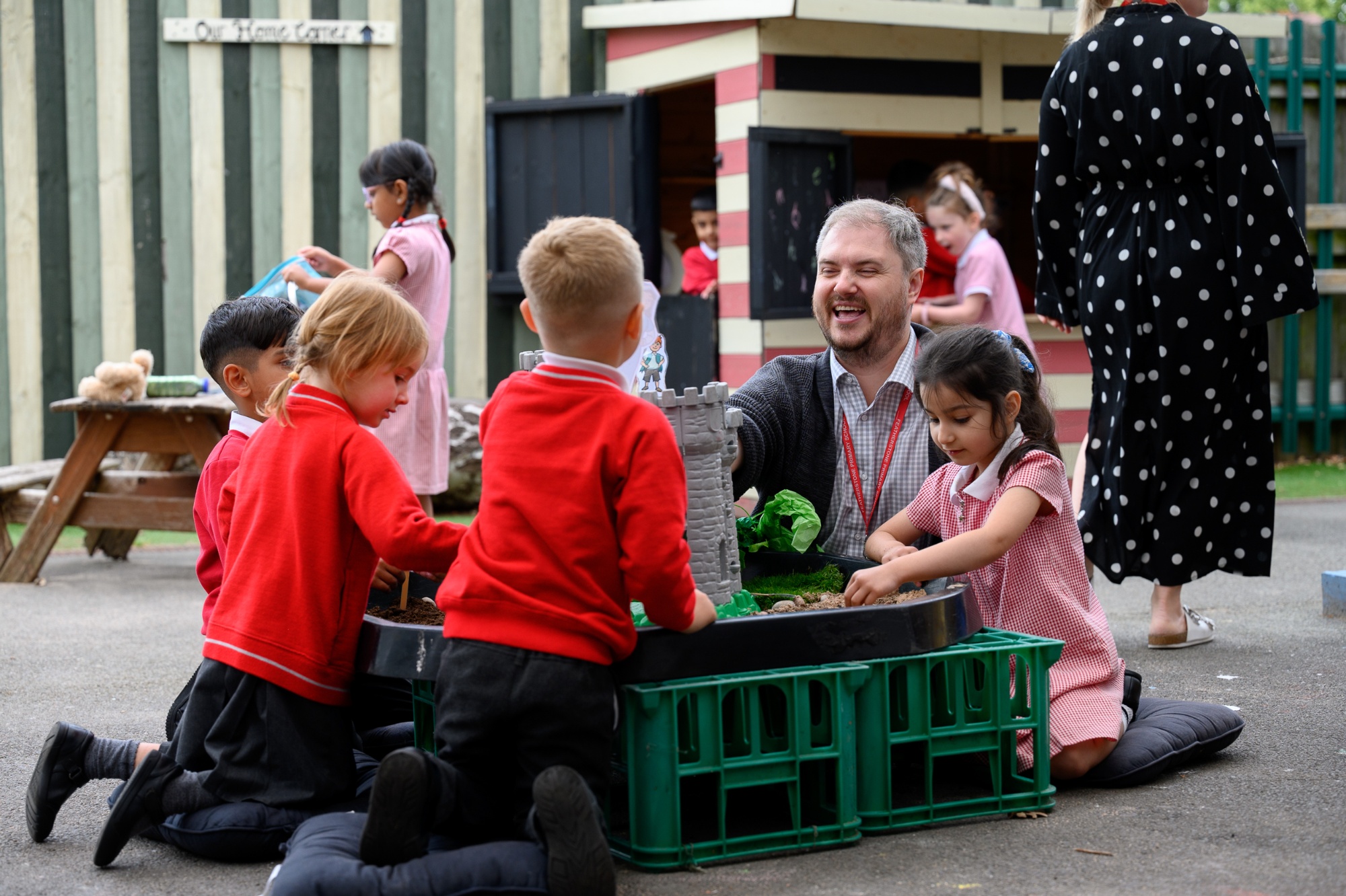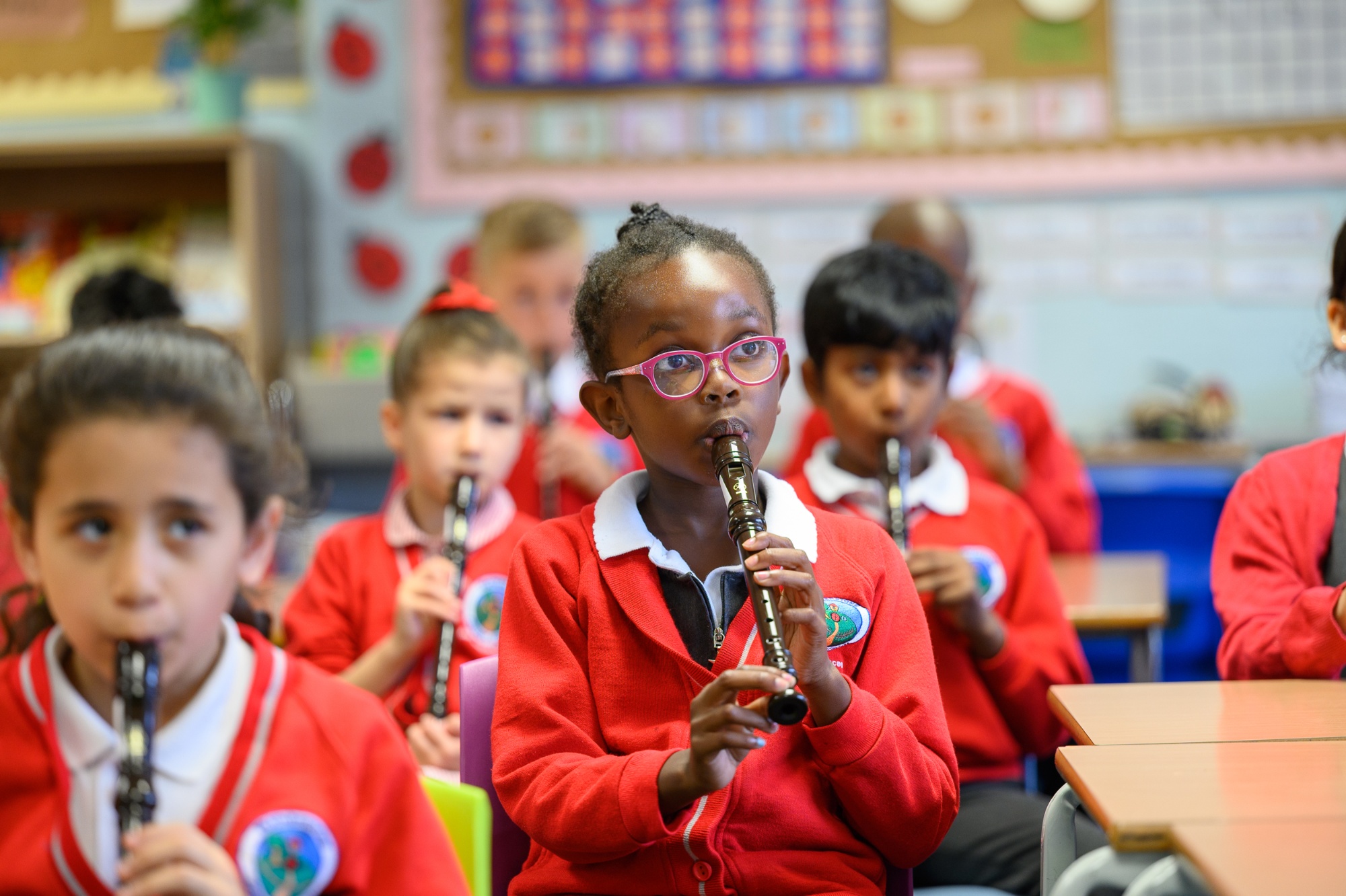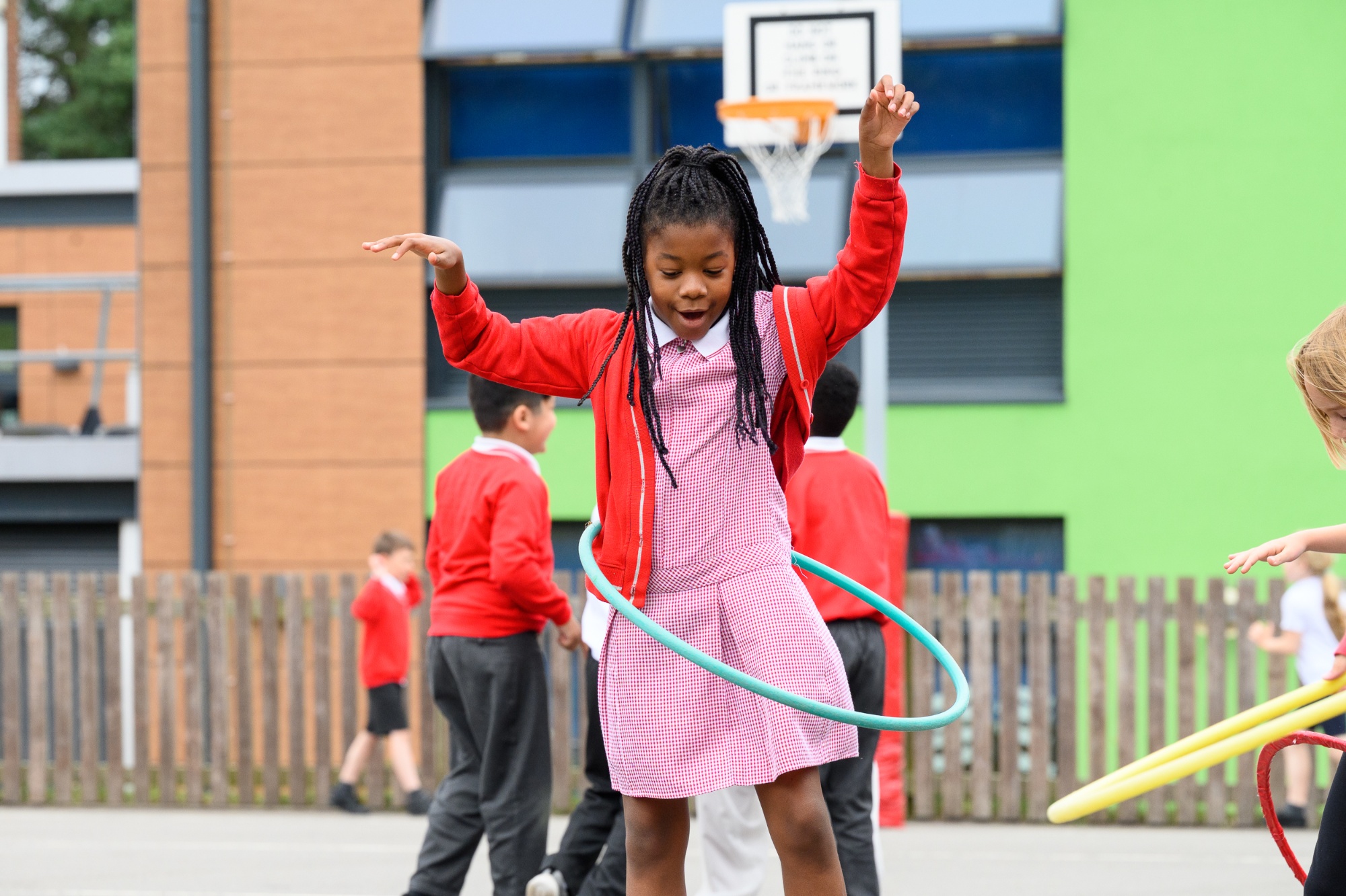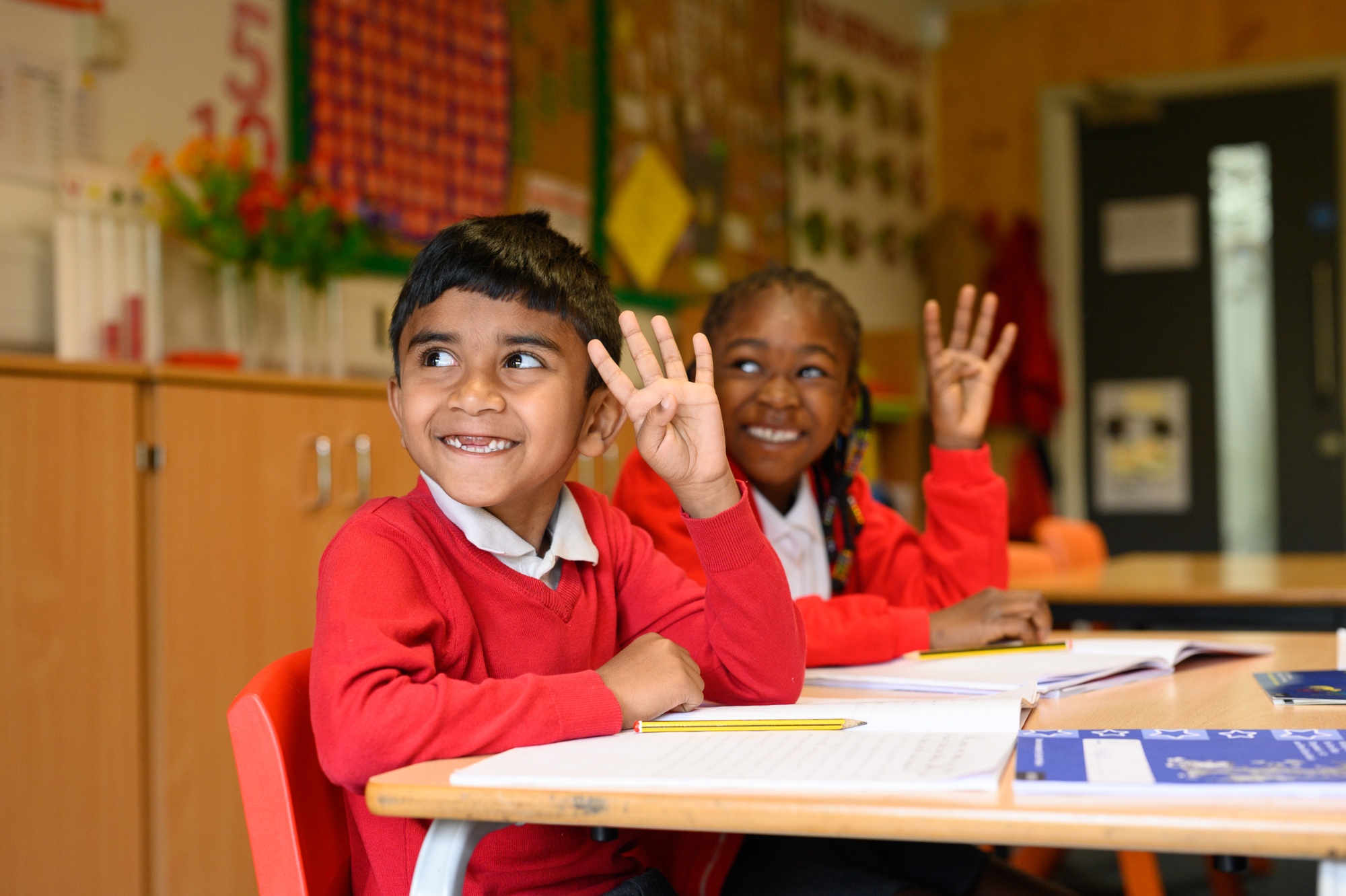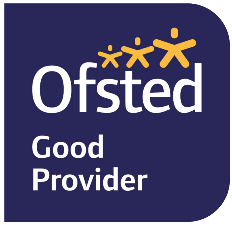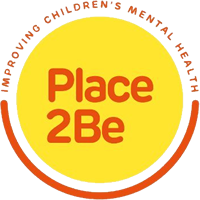|
Types of need and what that could look like
|
Examples of support available in our school
|
How we check it is working.
|
|
Children and young people who find it difficult with interacting with the people and world around them.
Some of the things children and young people with these difficulties might find difficult are:
Talking to other adults and or children and young people, especially when in a group
Talking about a topic they haven’t chosen to talk about
Making friends or keep friend for a long time
Following rules made by someone else
Dealing with changes in the way they usually do things
Dealing with noises, smells or other sensations around them
Saying the things they are thinking
Understand what other people mean when they are talking
|
- Teachers change what they are teaching they are teaching or the way to help the child or young people learn more with the rest of the class
- Use support programmes especially made to help the child or young person to build communication and interaction skills
- Use things in the classroom to help the child or young person understand or deal with things that are
- Use Sensory Differences questionnaires to identify and additional over or under stimulation in the differing senses and make appropriate reasonable adjustments to accommodate this.
- Get advice from professionals and specialist staff trained in school to give advice to adults working with the child or young people (usually Speech and Language Therapists, Communication and Autism Team, Community Paediatricians and/or Educational Psychology Service)
- happening (for example visual timetables, task boards, social stories)
|
- Observations of the child or young person to see if they are communicating or interacting differently
- Look at the targets set to see if the child or young person has achieved them
- Talk to adults who have worked with the child or young person
- Talk to parents
- Talk to the child or young person
- Ask for other professionals to work with the child or young person to check the progress being made
- Use the Progression Framework to identify and track targets specific to the child in this area
- Have meetings with parents and other professionals to discuss how we can support the pupil further
|

